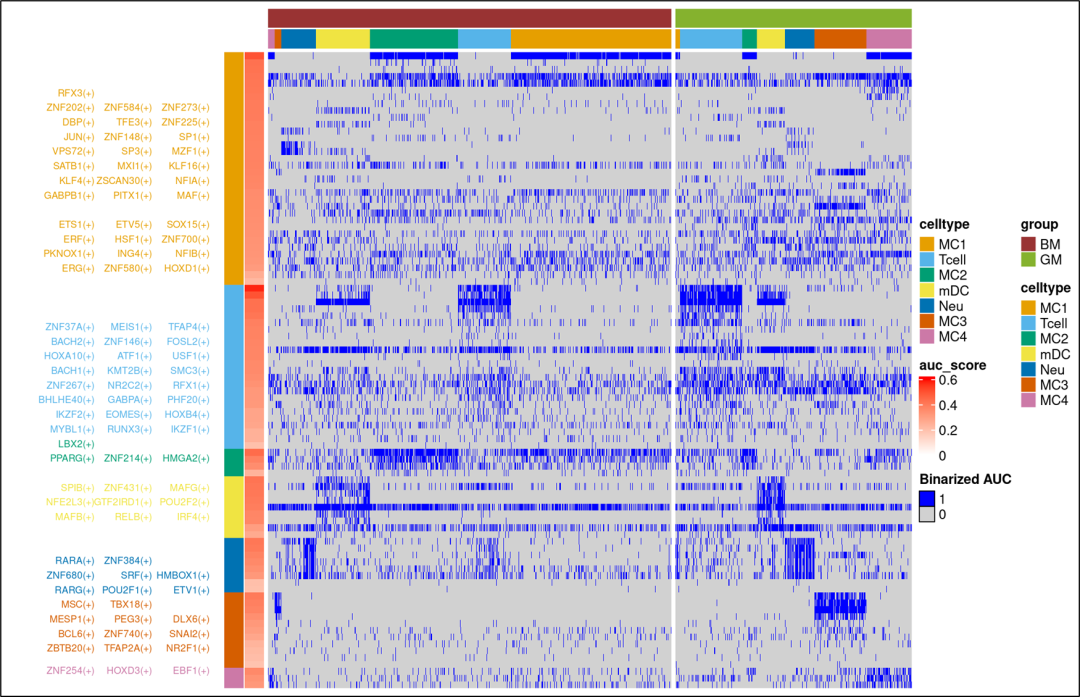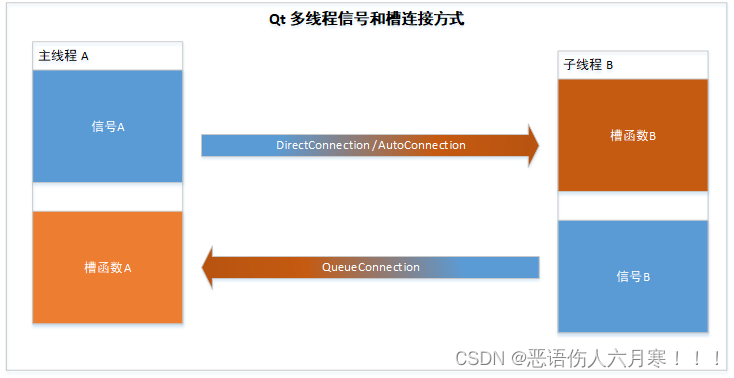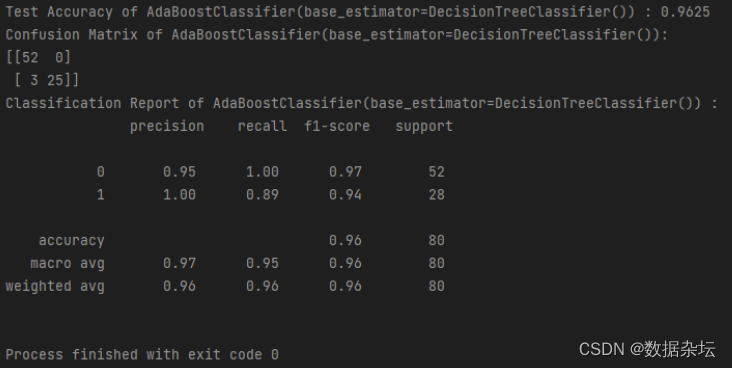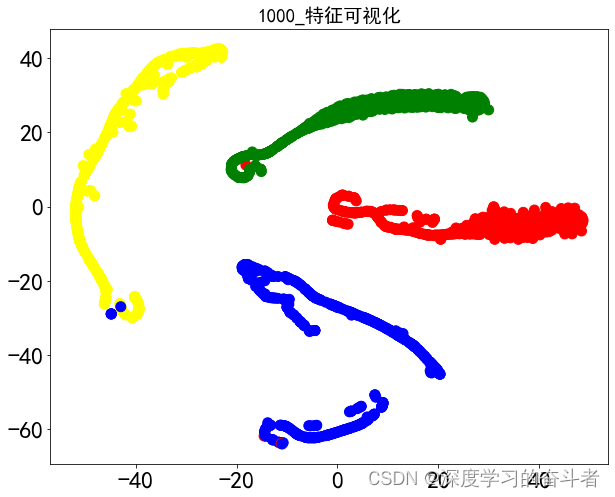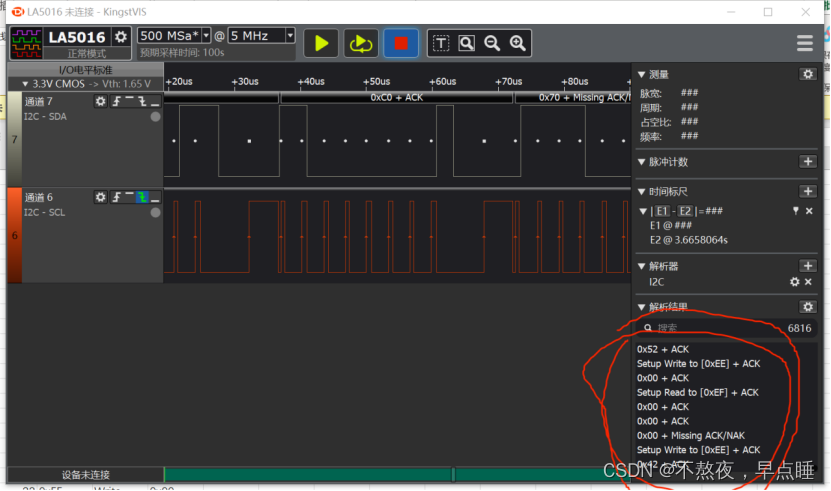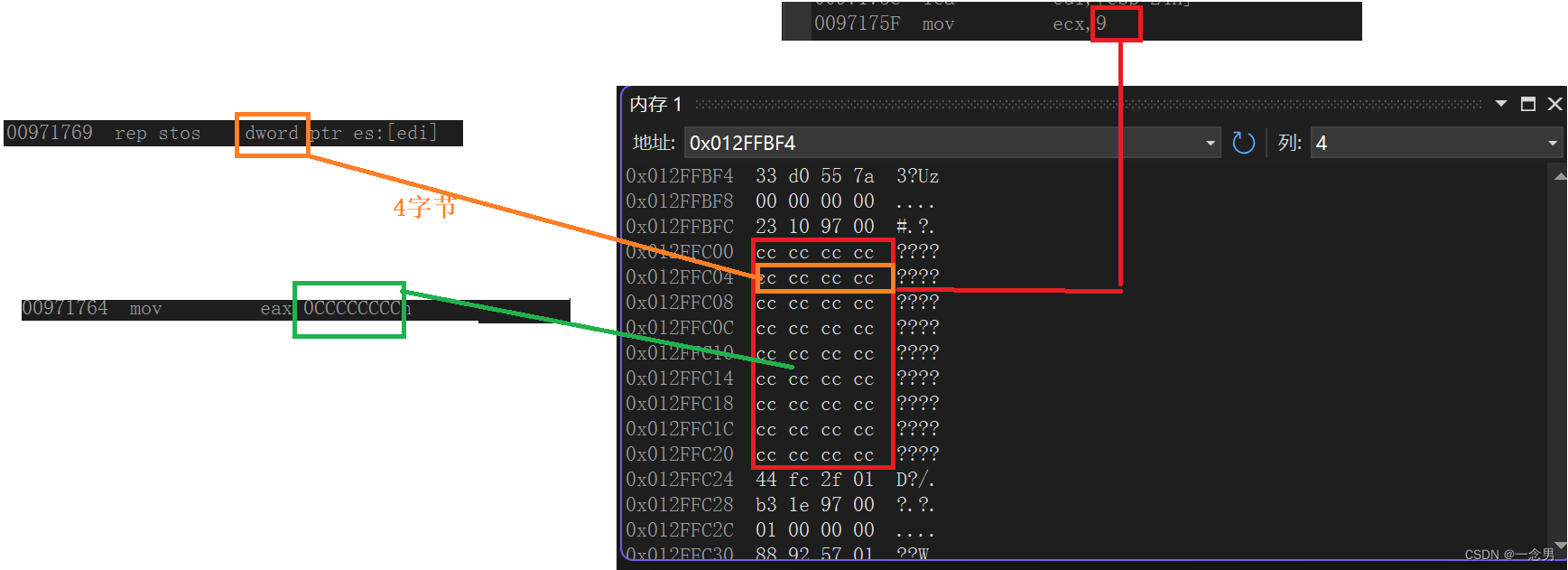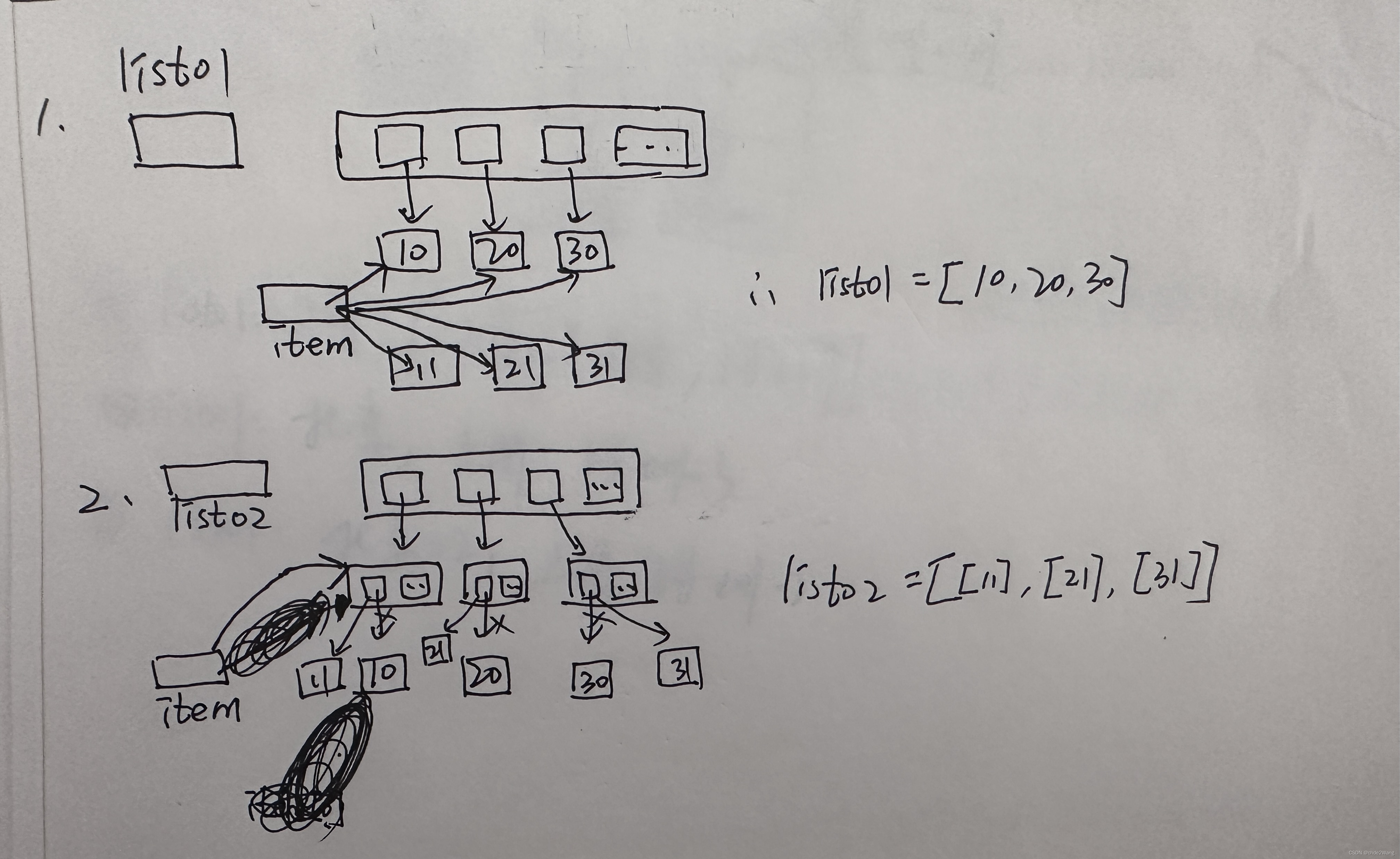前言:前面学习了List线性表的数组、链表数据结构,本篇博客主要学习和List相似的数据结构:Map和Set。
目录
思维导图
有效字母异位词
两数之和
思维导图
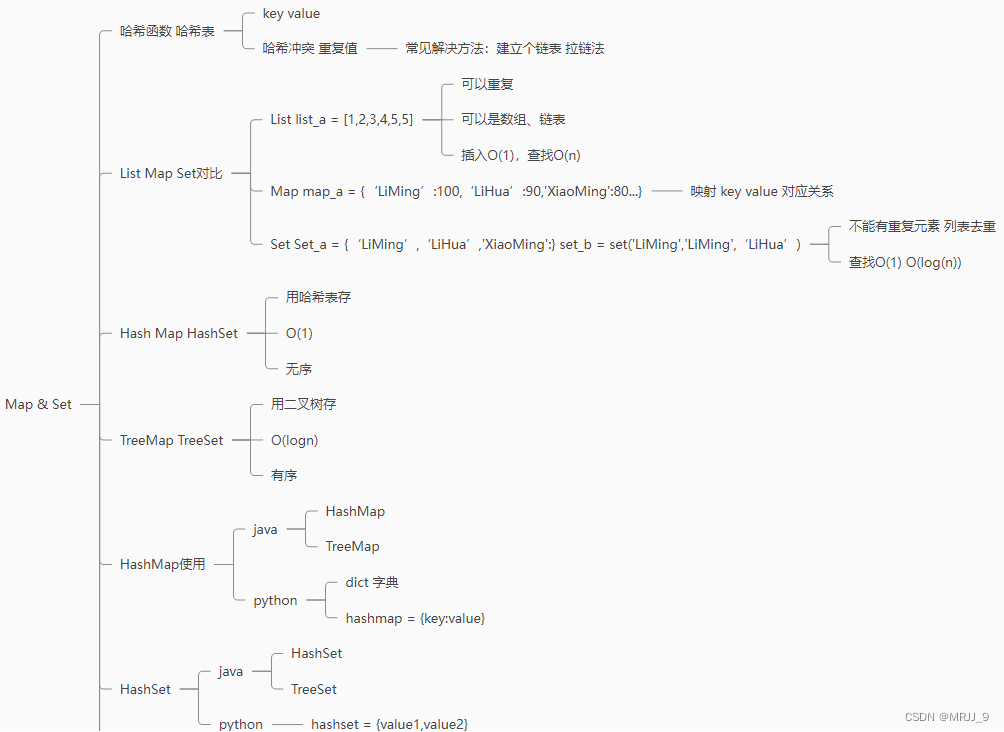
有效字母异位词
可以用哈希表实现
先创建哈希表, dic1={}对每个字符串进行遍历,for item in s:
如果遍历出的字母在哈希表里不存在,则在哈希表里添加key,默认值是+1;如果遍历出的字母在哈希表里存在,则在原始的key对应的值上加1,dic1[item] = dic1.get(item,0)+1
最后比较两个表的key和value是否相等,相等返回true,不相等返回false,return dic1 == dic2
关键代码:dic1[item] = dic1.get(item,0)+1
这行代码作用就是先找到key,找到对应的value加+1,找不到,添加进入,然后value值+1
class Solution(object):
def isAnagram(self, s, t):
"""
:type s: str
:type t: str
:rtype: bool
"""
dic1={}
dic2={}
for item in s:
dic1[item] = dic1.get(item,0)+1
for item in t:
dic2[item] = dic2.get(item,0)+1
return dic1 == dic2两数之和
用两层for循环,时间复杂度O(n^2)
第一层for循环,取出数组里的下标和对应的值,for index,value in enumerate(nums):
第二层for循环,在第一层循环取到的下标基础上,取出数组里后面的数所对应的下标,for j in range(index+1,len(nums)):,举例:nums=[2,3,5,6,8],当第一层循环拿出下标0,值2时,第二层循环拿出下标1,值3,....,下标4,值8
进行判断,两次拿出的数等于目标值,则返回对应的下标, if value+nums[j] == target:
需要注意的点:
第2层循环取下标和值时,不包括第一层循环取出来的数,用的是index+1
class Solution(object):
def twoSum(self, nums, target):
"""
:type nums: List[int]
:type target: int
:rtype: List[int]
"""
for index,value in enumerate(nums):
for j in range(index+1,len(nums)):
if value+nums[j] == target:
return [index,j]用哈希表实现,时间复杂度O(n)
先创建一个空的哈希表,hash_map = {}
取出数组里的下标和值,for index,value in enumerate(nums):
将取出的下标和值放进哈希表中,hash_map[value] = index,举例:nums=[2,3,5,6,8],hash_map = {2:0,3:1,5:2,6:3,8:4}
在哈希表中找值,如果目标值减去取出的值所在的值不为空,返回此值和取出值所在的索引,举例,如果目标值是8,当for循环取到3这个值时,去哈希表中找8-5这个key所在的value,如果有,就返回其value,也就是2,同时也返回3这个值所在的下标值1,if hash_map.get(target-value) is not None: return(hash_map.get(target-value),index)
需要注意的点,在往哈希表里存放时,用的是hash_map[value] = index,值作为key,下标作为value,从哈希表里找值时,用的是hash_map.get(target-value),找到的是key,通过key,找value也是下标值。
class Solution(object):
def twoSum(self, nums, target):
"""
:type nums: List[int]
:type target: int
:rtype: List[int]
"""
hash_map = {}
for index,value in enumerate(nums):
if hash_map.get(target-value) is not None:
return(hash_map.get(target-value),index)
hash_map[value] = index

